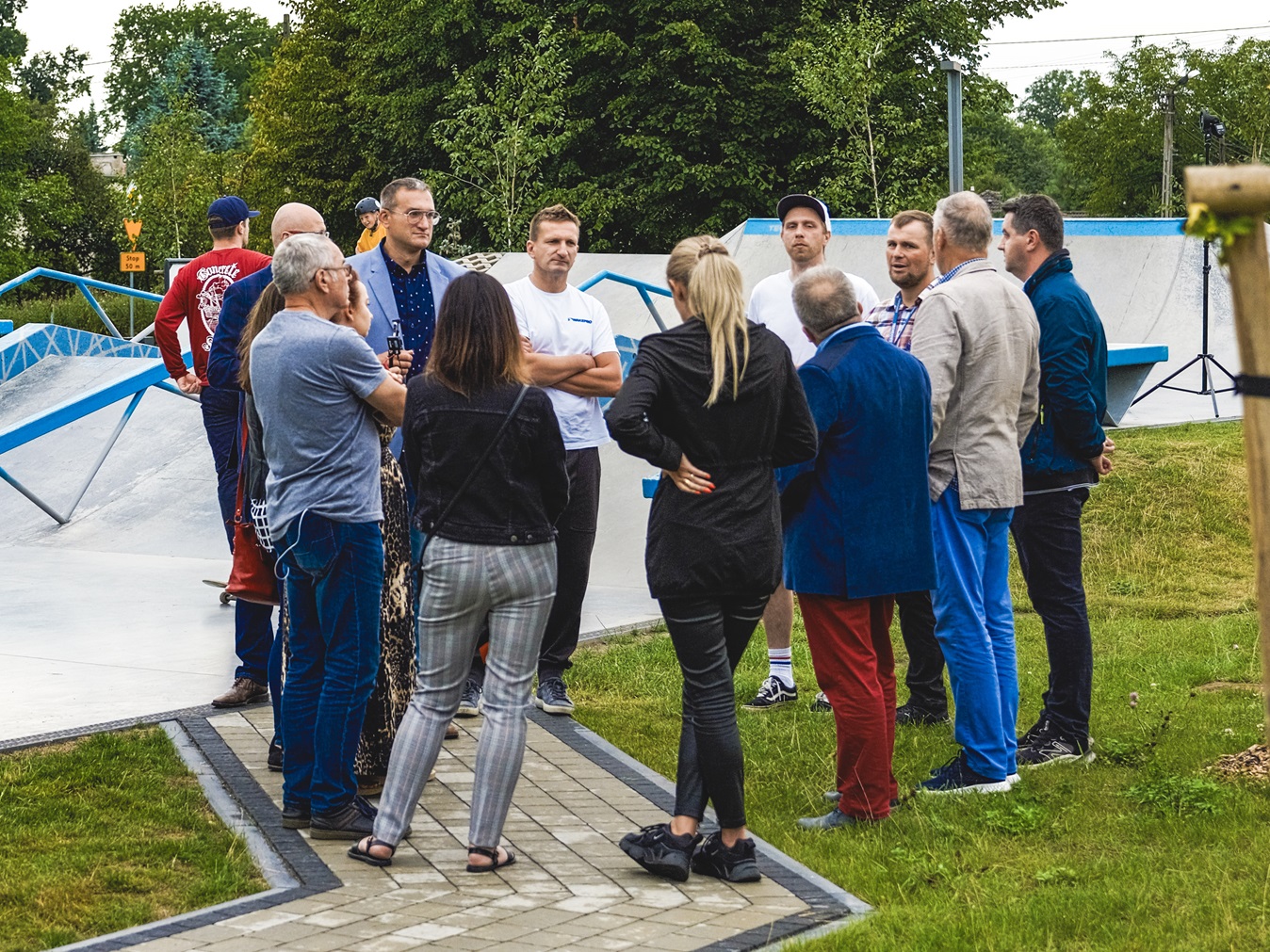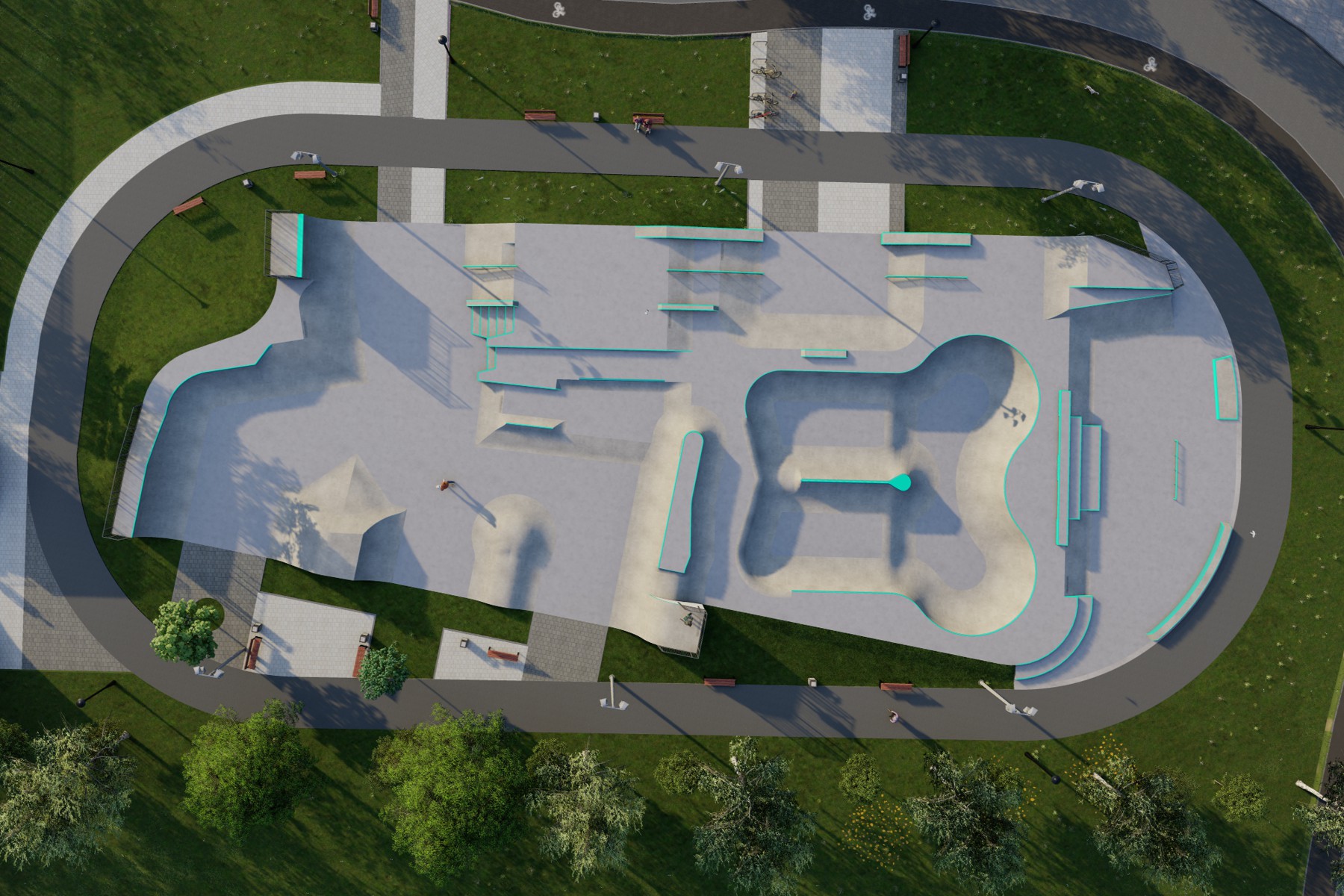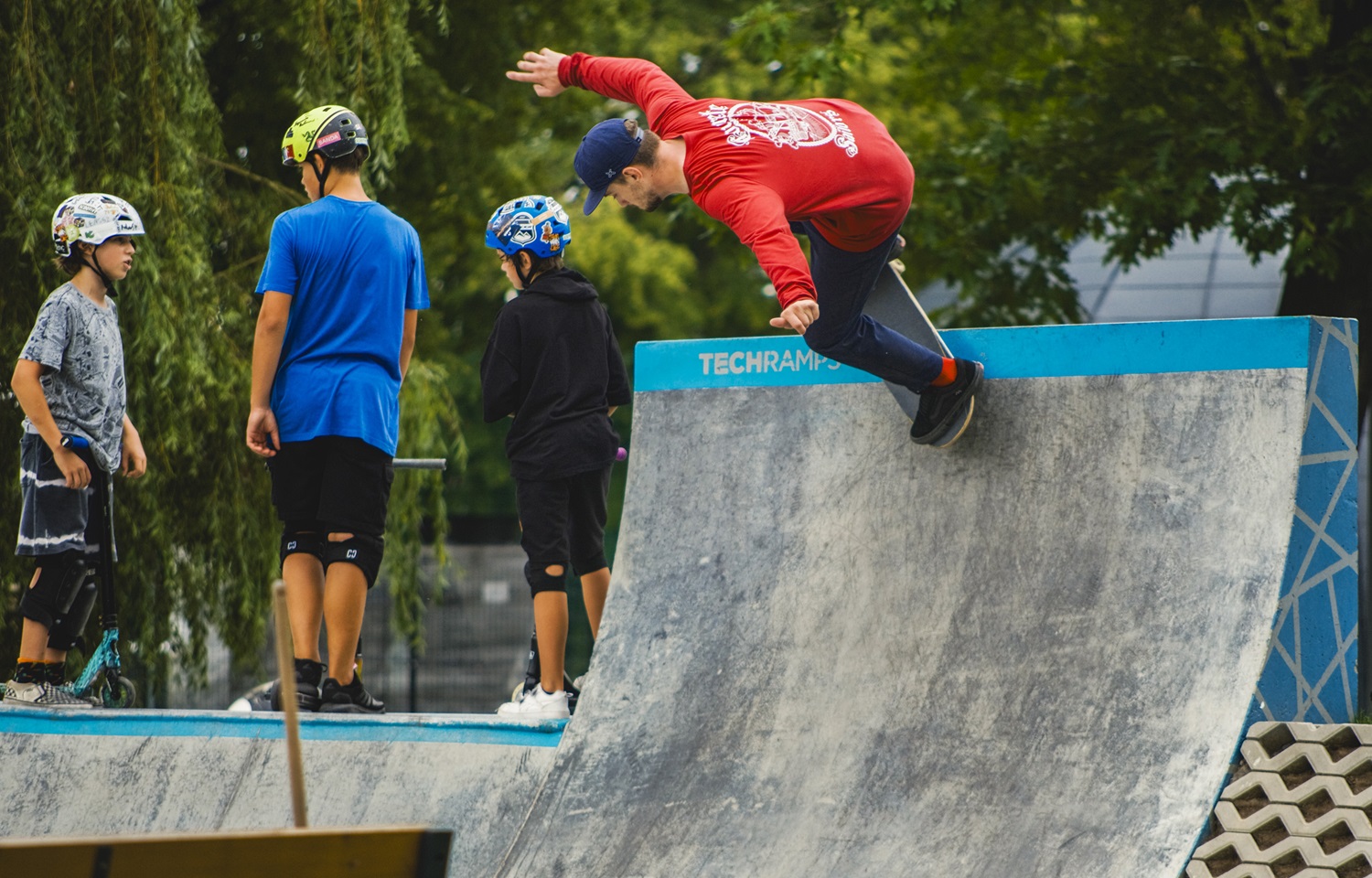A skatepark is a space that has the opportunity to serve everyone, but it is important that it is designed in cooperation with local riders, their parents and representatives of local authorities. Such an approach builds involvement and positive emotions about the investment, as participants in the design process feel like co-creators, not just recipients of the finished solution. It is worth interjecting that in this case the risk of social conflicts and dissatisfaction after the construction is completed is also reduced to a minimum.
Involving the community is also a way to tailor the facility to the real needs of users. Local skaters, skaters, or BMX riders often have specific ideas that significantly affect the quality and functionality of the skatepark.
Online surveys
Are one of the easiest and fastest ways to collect opinions. Using short forms, you can find out, for example, what obstacles are most desirable, what style of skatepark users prefer, or what expectations they have about the location and accessibility of the facility. Such a survey can be easily shared via social media or within the organization.
Workshops and design meetings
Such consultations allow you to talk directly with future users and develop initial concepts together. Workshops are also a great opportunity to educate about design and safety principles. It is worthwhile to involve instructors, local skate shops, sports animators and teachers in them.
3D visualizations
Providing the initial design in graphic or animation form allows you to better understand the design intentions and prompts factual comments. Thus, even at the concept stage, adjustments can be made to make the skatepark more functional and attractive.
This is one of the solutions that we have been strongly developing recently with our design office Slo Concept, which specializes in modern design of sports and recreational facilities.
In the consultation process, it is worth ensuring the participation of various social groups. A key role is, of course, played by young users - skaters, BMX riders, scooter users. Equally important, however, are parents, educators, neighborhood councilors, or local NGOs. A group has power, and in this case, the more people who advocate a common goal, the greater the chance of mission success.
From the point of view of local authorities, the inclusion of a wide range of stakeholders allows a more complete picture of expectations and avoids the skatepark becoming a source of social conflict instead of the pride of the local community.

In Techramps Group's realizations there is no shortage of examples of projects that were built in close cooperation with the local community. One such facility was the Skatepark in Zielonka, where a separate zone for beginners was added at the request of residents. In another case, young people suggested the introduction of specific street-type obstacles that had not previously been considered. Feedback collected after the opening of these facilities confirmed that the community's involvement had a positive effect - both functionally and socially.

Visualization of the concrete skatepark in Zielonka
It is worth starting public consultations as early as possible, preferably even before the initial concept is created. It is also crucial to properly inform residents about the planned process. Social media, local news portals, as well as direct contact through schools or community centers are effective here.
It is worthwhile for the designer not only to create documentation, but also to act as a facilitator of meetings and explain the essence of design decisions to residents. While it is not always possible to meet all expectations, openness and transparency in the process increase trust and foster better cooperation.
As Techramps Group, we supported the skatepark design and construction process at every stage. We have already designed, built and commissioned more than 1,000 sports facilities, and the vast majority of them were built in close cooperation with residents and local authorities. We actively engage in community consultations - we conduct workshops, organize informational meetings, analyze opinions collected in surveys and present projects in graphic or 3D form. Our goal is to create objects that not only respond to the needs of users, but also become a permanent element of local identity and social life.

Concrete skatepark - Brzeszcze
Creating a skatepark that realistically responds to the needs of residents is a process that should begin with a thorough diagnosis of local expectations. The first step should be to gather opinions - preferably through interviews with users, such as skaters, BMX riders, or scooter users. The next step is a workshop or consultation meeting, during which preliminary design assumptions can be developed with residents. It is also worth ensuring transparency - presentation of the concept (e.g. in the form of 3D visualization) and the opportunity to make comments build trust in the investment. It is crucial to include different groups at each stage - not only active users, but also parents, neighbors or local organizations - as this increases the chance of acceptance of the project, its safety and future maintenance.